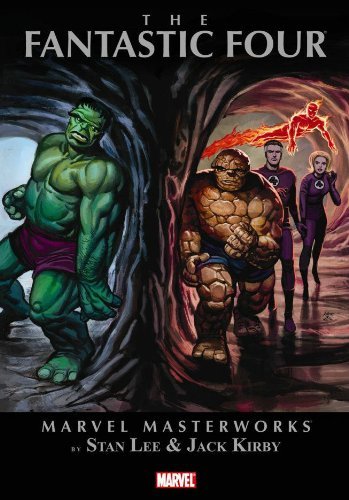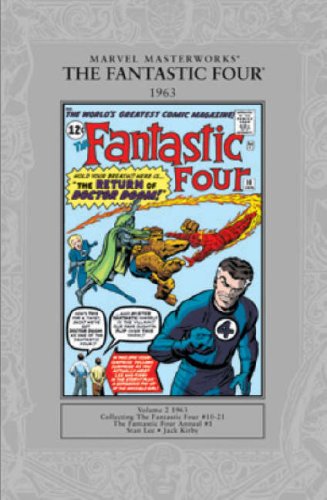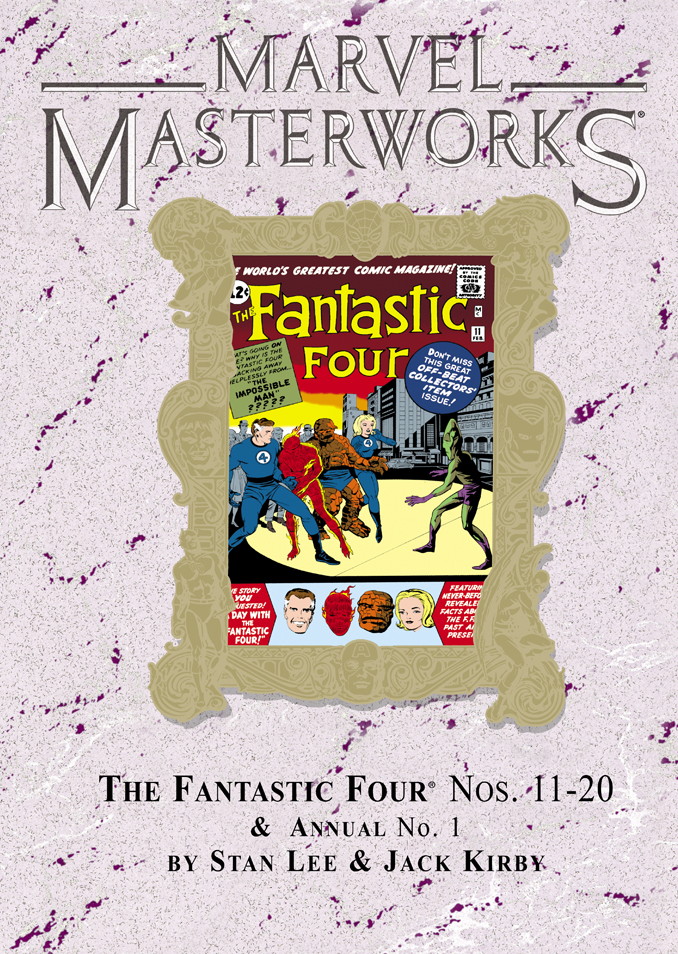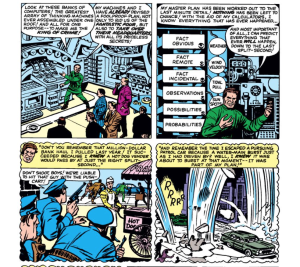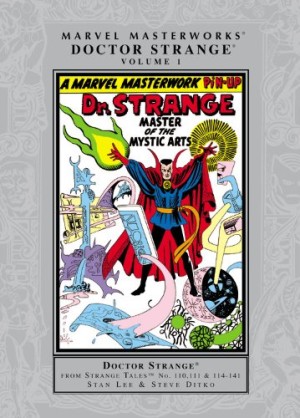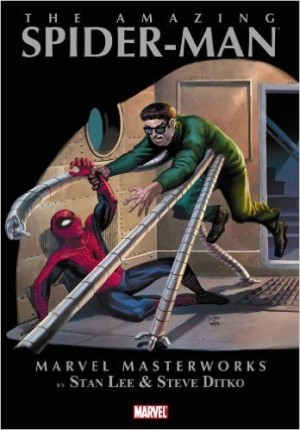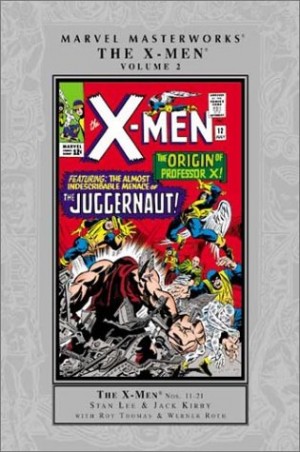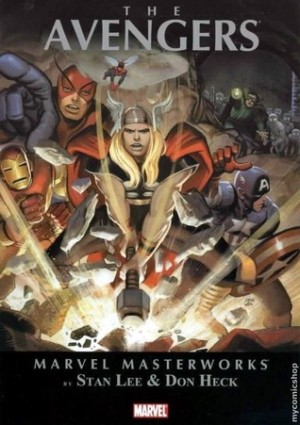Review by Graham Johnstone
Stan Lee and Jack Kirby’s Fantastic Four, was the foundation of the what became the Marvel comics, movies and merchandise brand, and this second reprint volume covers issues from 1963.
The Fantastic Four’s super-powers reflect their personalities. Inventor Reed Richards becomes the infinitely malleable Mr Fantastic, impetuous youth Johnny Storm becomes the Human Torch and Ben Grimm, secretly vulnerable man inside a rugged exterior becomes The Thing. Last and cruelly least, sole female, Sue Storm, acquires the most passive, least heroic power, becoming Invisible Girl.
These are fun adventures, and witty ‘meta-fictions’ that knowingly mock and subvert genre conventions. For example, rather than have secret identities, the FF are public figures reveling in their celebrity. They join the queue to buy the latest FF comic, and the Thing helps the postman struggling with the sack of fan mail. This becomes a witty way of working (presumably real) fan questions into the comic, as they discuss the mail. They revisit their origin story, elaborate on their relationships, and recall examples of Sue’s contribution to the team.
The Impossible Man is an all-powerful alien who can instantly turn into anything he wishes. Yet, he’s child-like and unaware of earth customs. It’s great fun, and the alien’s transformations are a brilliant vehicle for Kirby’s imagination. He transforms into a giant water balloon that melts and douses the attacking Torch. When he turns into a tiny missile, Sue, as brave as she is under-powered, puts her invisible body in its path. Not wanting to hurt her, the alien switches from missile into flowers. It has the inventiveness of Harvey Kurtzman’s earlier Hey Look! and could have been one of the better ‘Future Shocks’ in 2000 AD, twenty years later. The ending, too, is a witty piece of lateral thinking.
The Mad Thinker is a brilliant invention. He plans and predicts in amazing detail – right down to a water main bursting to block a pursuing police-car. The story also explores the individual characters as Reed’s ‘4’ flare summons interrupts the others’ attempts at normal lives. The Thinker also plays on their desires, to manoeuvre them away from the FF: Sue to Hollywood, Johnny to the circus, etc. It’s great fun and Reed’s own solution outdoes the Thinker, and is amusingly contrived.
Other stories are variable. There’s an appearance from the Hulk, whose own title had just been cancelled, and ‘The Mini World of Dr Doom’ feels conceived for an Ant Man crossover. Two stories with Sub-Mariner are dull, but make play of Sue’s complex feelings towards him. The clash with Soviet rival the Red Ghost is interesting for the cold war/space race backdrop, as well as the first appearance of the Watcher, who’ll be pivotal in one of the later classic storylines.
There is some great Kirby artwork. In particular, the sequences in Sub-Mariner’s undersea kingdom and Dr Doom’s labyrinth give free reign to his visual imagination, and feature some brilliant images. If you can slow down to properly look at them they’re little masterpieces of abstract composition.
These are fun adventures written for kids, and also enjoyed by adults for the great artwork, moments of wit, invention, and playful subversion of the assumptions and norms of the genre. The best is still to come in both story and art, but this has some great moments, and is a step up from volume one.
These stories are also available in the first volumes of the budget Essential Fantastic Four and hardback Omnibus series. Note that the UK Panini Masterworks collate by year so may have different stories in each volume than Marvel’s own ones.
